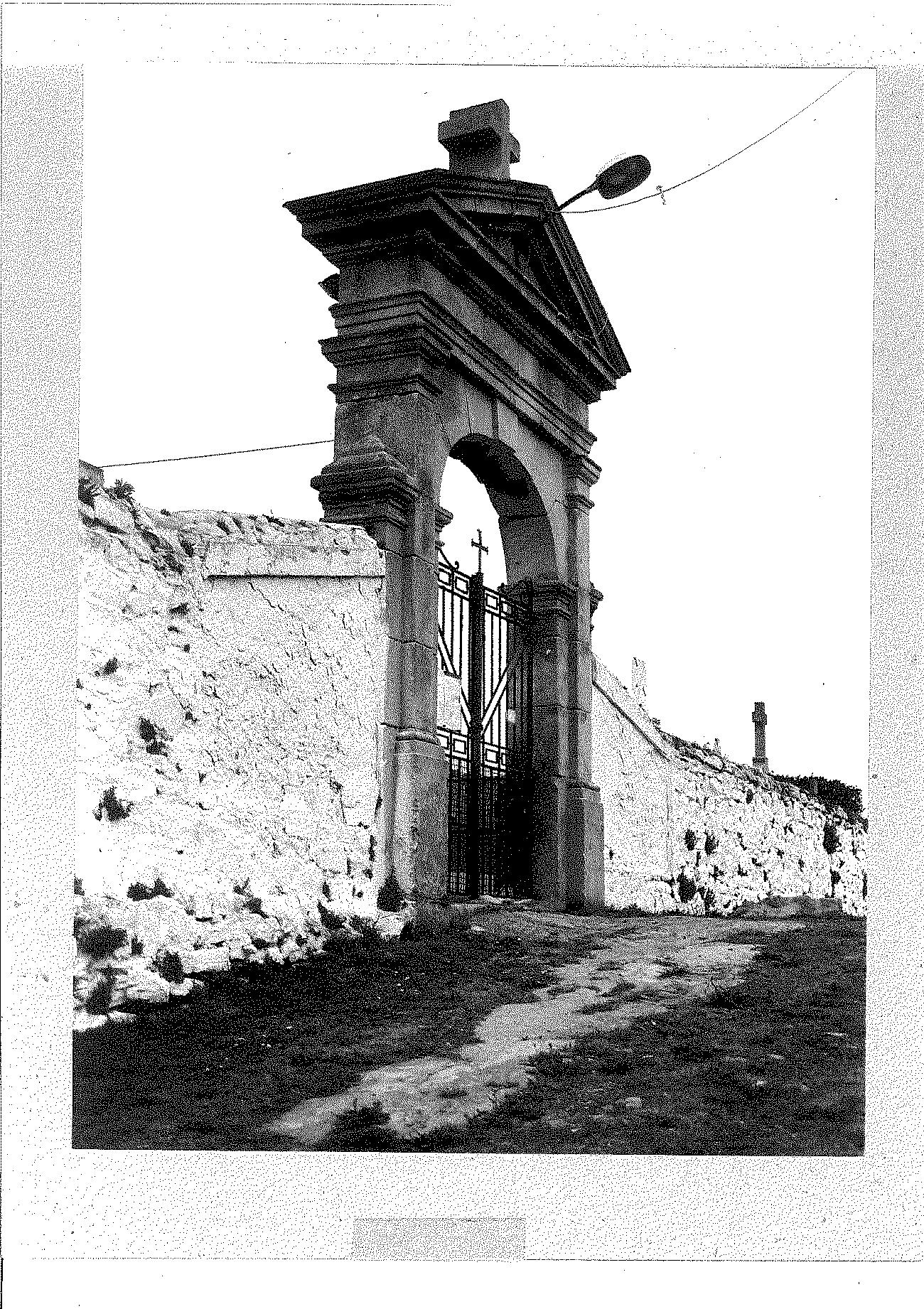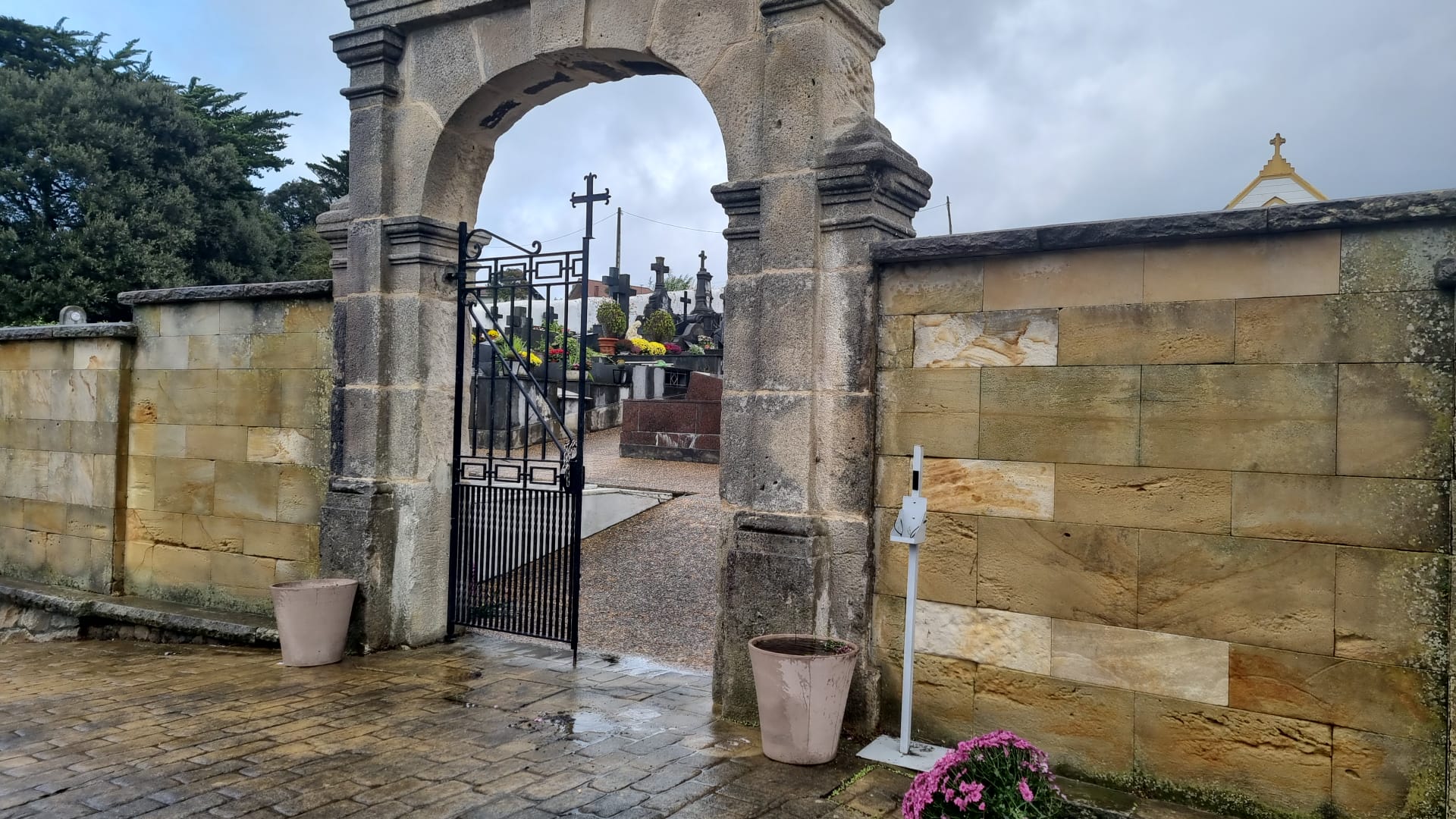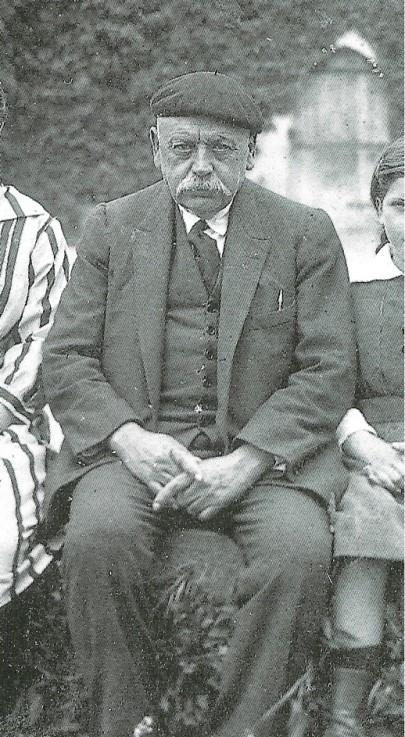José Santos Bilbao y Lopategui was born in the Gandia neighbourhood of Gorliz, in the Torrena house, on 1 November 1848 and was baptised in the Gorliztarra parish church of the Immaculate Conception of Our Lady.

He studied at the School of Fine Arts in Valladolid, where he enrolled in the 1867-1868 and 1868-1869 academic years, obtaining the title of Master Builder on 18 November 1869. In those two academic years, he excelled in the subjects of Topography, Mechanics and Construction.
He married Pastora Maruri Goya, also from Gorliztarra, with whom he had three daughters and two sons.
He was the estate manager of the Marquis of Torrecilla and the Duke of Medinacelli, heirs to the Butrón Castle.
He carried out works in several municipalities in Bizkaia (Mungia, Bakio, Algorta, Armintza, et cetera), with his work in Bilbao being particularly noteworthy, having worked on 64 buildings. Some examples are the modernist “Guridi” building in front of the Central Institute on Calle Licenciado Poza number 2. In Plentzia, meanwhile, the “infilling” of the promenades stands out. In Gorliz, his work on the electric lighting system, the boundaries between Gorliz and Plentzia, the San José neighbourhood, et cetera.
He was the municipal architect of Plentzia and was also a councillor for Gorliz Town Council from 1878 to 3 May 1888 (he voluntarily resigned from his municipal post after losing a motion 3 to 4). He later became mayor of Gorliz from January 1906 to December 1913. During his mayoralty, the “Malika Alde” cemetery was built (1906-1909). Up to that point, the cemetery had been located near the church in the urban area. The structure was improved and extended (roof, tombstones, et cetera). The slaughterhouse, the sewage system, the “Taberne Sarra” were also improved. Furthermore, two sections of the Gazteluondo to “Cruceta” road were built, with Juan Hormaeche overseeing the work; and the new houses in Elexalde were numbered in 1909.
He was an extremely active citizen when it came to various issues in the municipality, even though he was no longer a member of the municipal council (on the issue of the distribution and control of wine in establishments, et cetera). He made a monetary donation to the Consistory, for which he was publicly thanked by the Gorliz Town Council. He died in 1922.

In the book “Los maestros de obras en la construcción de la ciudad. Bilbao 1876-1910” its author Nieves Basurto shows a list of his works in Bilbao and Bizkaia.
In the cemetery, the pantheon that contains the chapel, belonging to the family of Eloisa Artaza, a local benefactor, is worthy of note.
